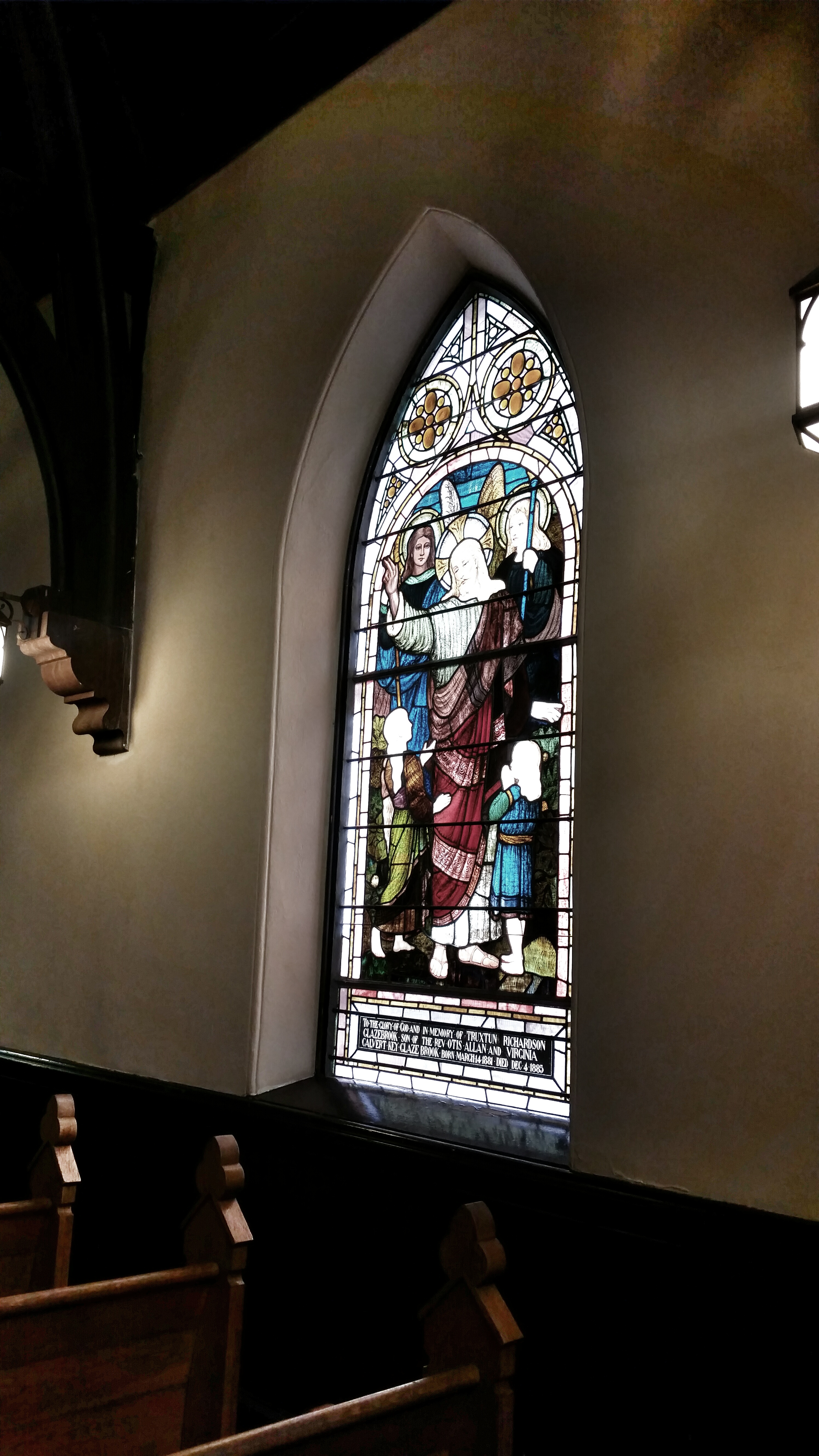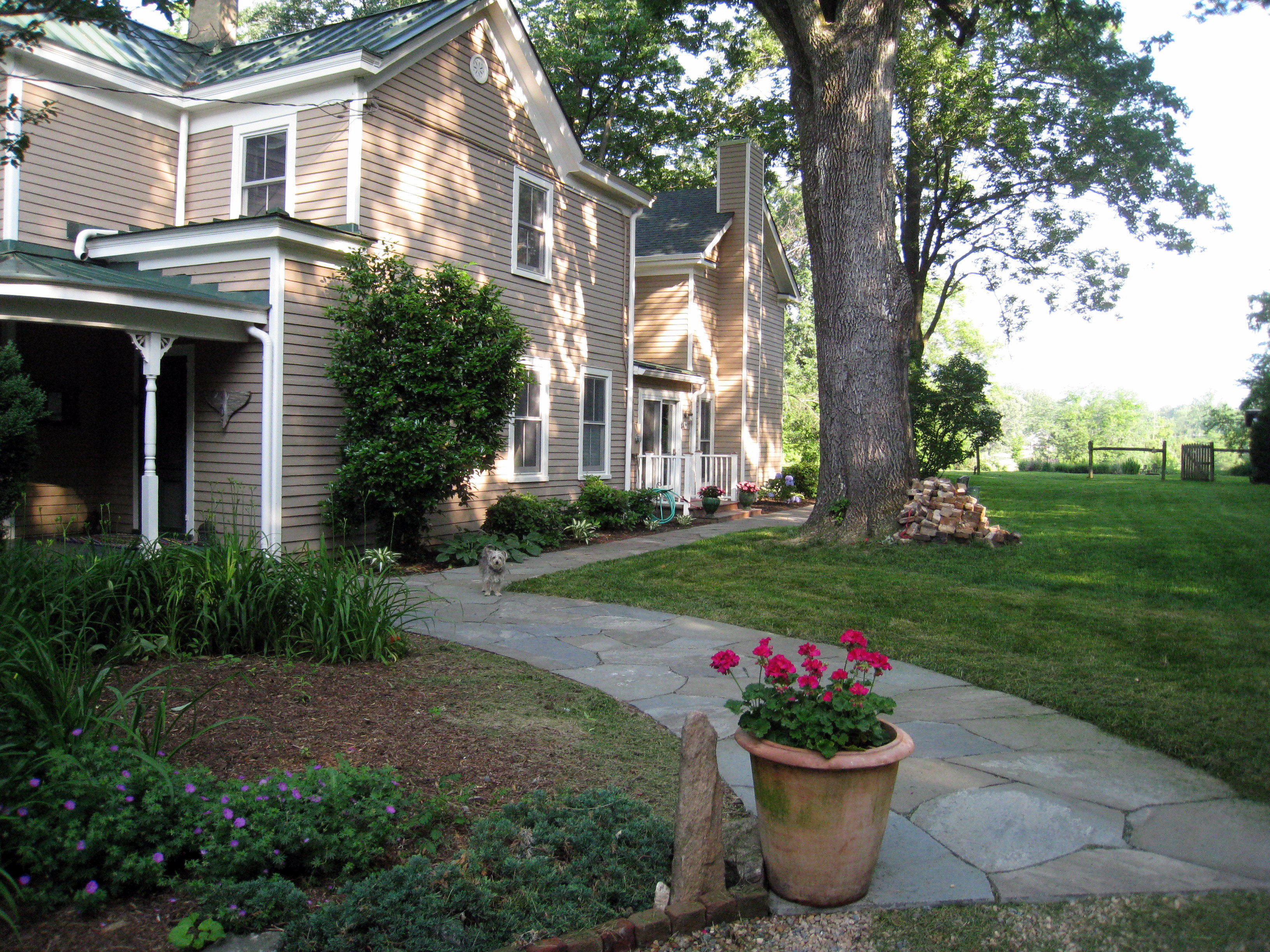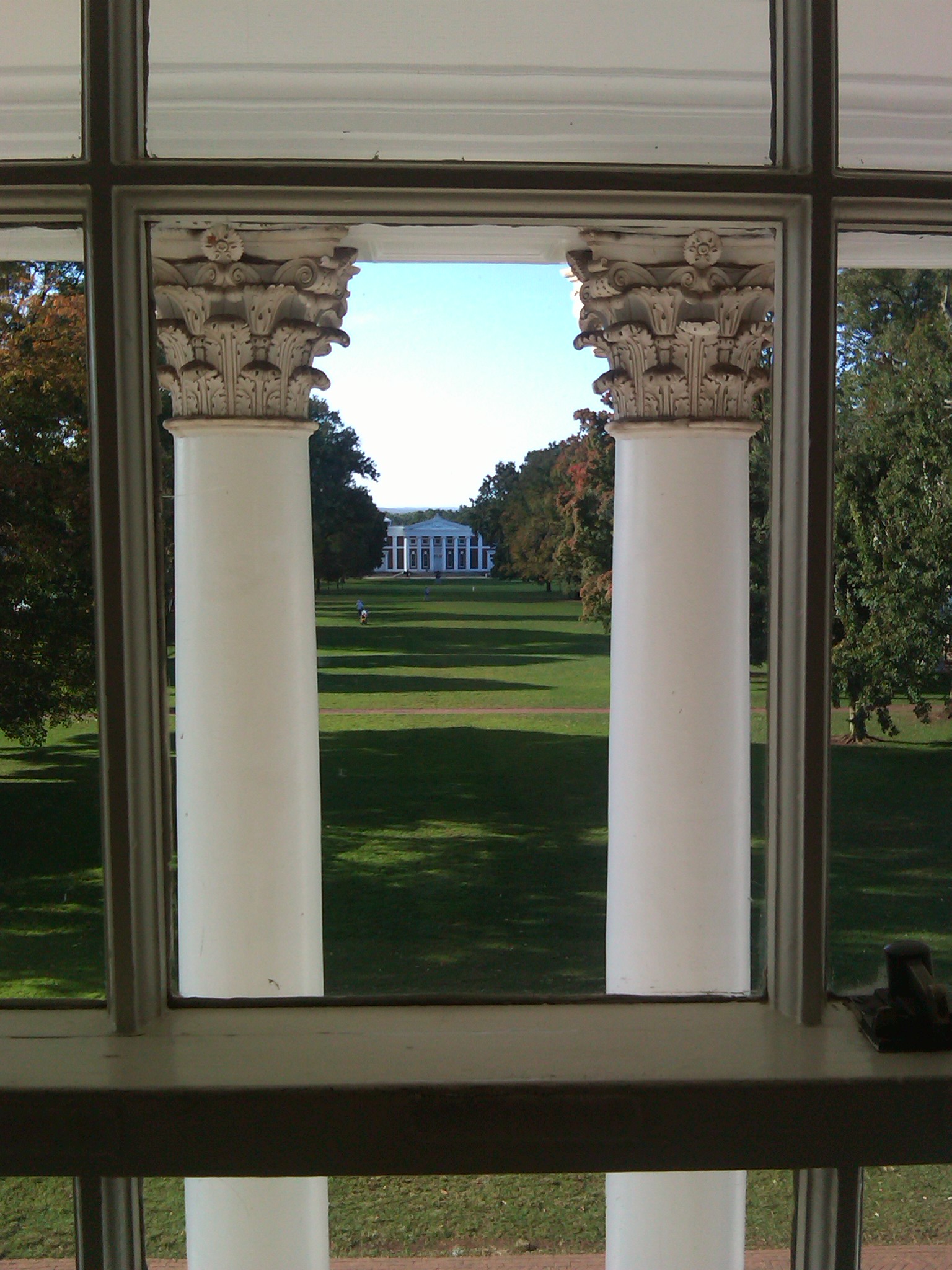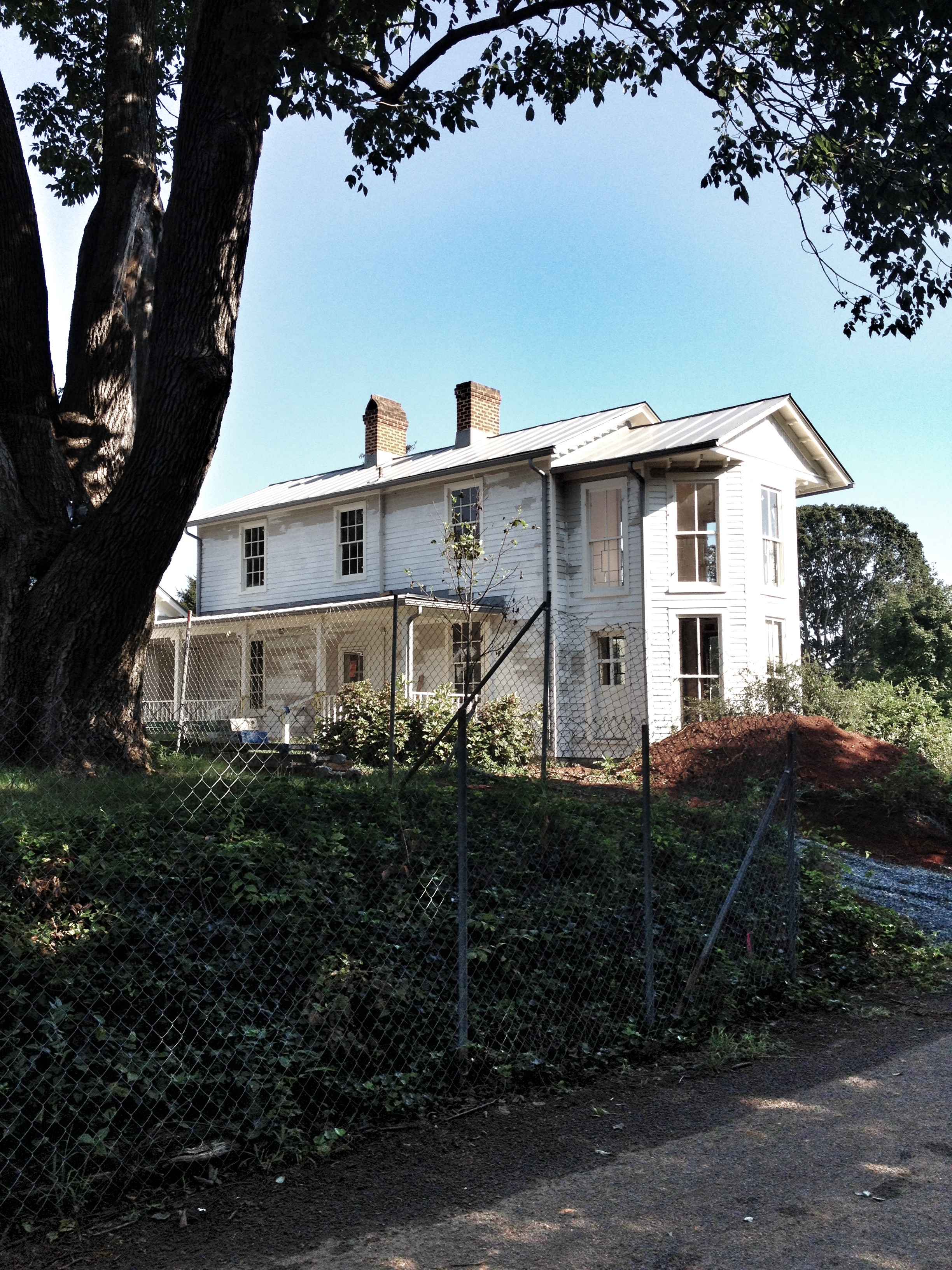Green Term Defined: Historic Building
A historic building is a structure that has historic, architectural, or cultural significance. The building can be part of a historic district or be an individual property. The structure is generally at least 50 years old. In addition to having the appropriate age, the property will have historic physical integrity. The character-defining features of the structure will still be present.
A property is considered significant by three measures: 1. direct association with individuals, events, activities, or developments that shaped our history or that reflect important aspects of our history; 2. embodiment of distinctive physical and spatial characteristics of an architectural style or type of building, structure, landscape, or planned environment, or a method of construction, or embodies high artistic value or fine craftsmanship; or 3. having potential to yield information important to our understanding of the past through archaeological, architectural, or other physical investigation and analysis.
So why is the preservation of historic buildings important for green building? It is all about embodied energy. Embodied energy is the energy it takes to manufacture building materials, maintain the building, transport materials, construction of the building, and the disposal of the building at the end of life. So taking down an existing building that is full of embodied energy is much more intensive than saving that same building. The struggle with saving a historic building is bringing it up to current energy-efficiency standards without impacting the historic fabric. Every time a building is demolished, it’s possible to calculate the ratio of the building’s embodied energy to its total lifetime energy use. The longer the day of demolition is delayed, the smaller that ratio becomes.








